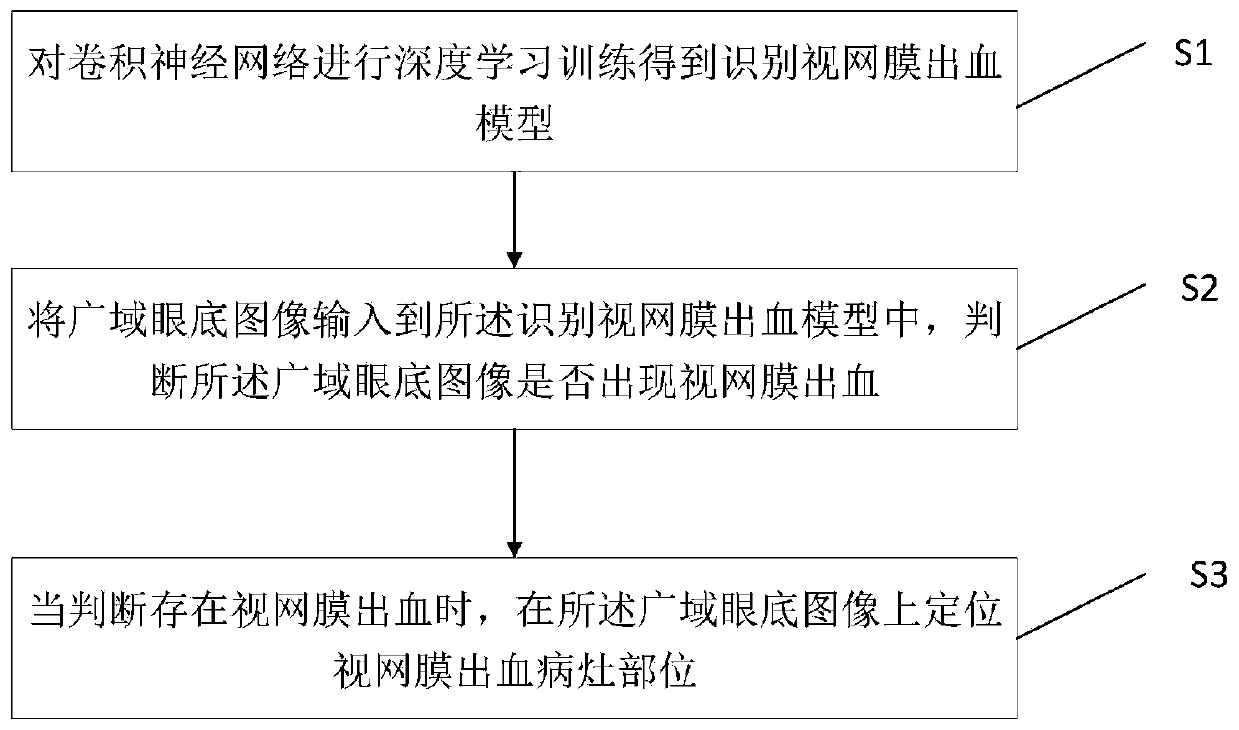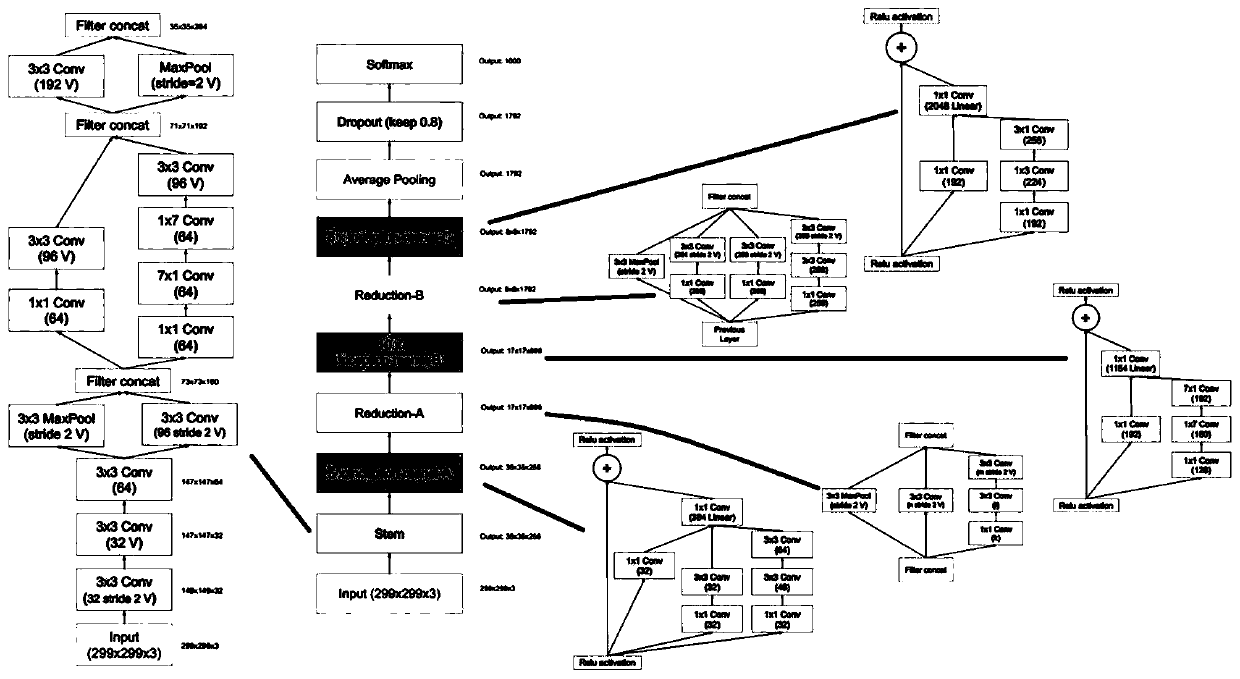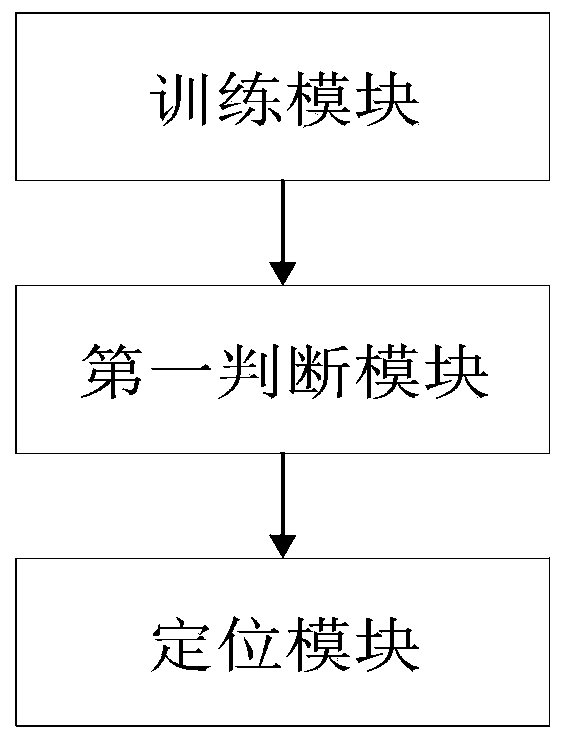Artificial intelligence method and system for identifying retinal bleeding image
An artificial intelligence and retinal technology, applied in the field of medical image processing, can solve the problems of visual function damage, low possibility, lack of fundus doctors, etc., and achieve the goal of reducing irreversible damage, accurate screening, and improving screening efficiency. Effect
- Summary
- Abstract
- Description
- Claims
- Application Information
AI Technical Summary
Problems solved by technology
Method used
Image
Examples
Embodiment 1
[0061] Such as figure 1 as shown, figure 1 It is a step diagram of an artificial intelligence method for recognizing retinal hemorrhage images according to the present invention, including the following steps:
[0062] S1. Perform deep learning training on the convolutional neural network to obtain a retinal hemorrhage recognition model;
[0063] S2. Input the wide-area fundus image into the model for identifying retinal hemorrhage, and judge whether there is retinal hemorrhage in the wide-area fundus image;
[0064] S3. When it is judged that there is retinal hemorrhage, locate the lesion site of retinal hemorrhage on the wide-area fundus image.
[0065] In the embodiment of the present invention, the accurate and efficient screening of retinal hemorrhage is realized. The specific implementation process of the artificial intelligence method for identifying retinal hemorrhage images is as follows: on the premise of having a large number of clearly classified wide-area fundus...
Embodiment 2
[0096] Such as image 3 as shown, image 3 It is a structural diagram of an artificial intelligence system for recognizing retinal hemorrhage images according to the present invention, and its system includes:
[0097] The training module is used to perform deep learning training on the convolutional neural network to obtain a retinal hemorrhage recognition model;
[0098] The first judging module is used to input the wide-area fundus image into the model for identifying retinal hemorrhage, and judge whether there is retinal hemorrhage in the wide-area fundus image;
[0099] The positioning module is configured to locate retinal hemorrhage lesions on the wide-area fundus image when it is judged that there is retinal hemorrhage.
[0100] In the embodiment of the present invention, accurate and efficient screening of retinal hemorrhage is realized. The implementation of the artificial intelligence system for recognizing retinal hemorrhage images is as follows: on the premise o...
PUM
 Login to View More
Login to View More Abstract
Description
Claims
Application Information
 Login to View More
Login to View More - R&D
- Intellectual Property
- Life Sciences
- Materials
- Tech Scout
- Unparalleled Data Quality
- Higher Quality Content
- 60% Fewer Hallucinations
Browse by: Latest US Patents, China's latest patents, Technical Efficacy Thesaurus, Application Domain, Technology Topic, Popular Technical Reports.
© 2025 PatSnap. All rights reserved.Legal|Privacy policy|Modern Slavery Act Transparency Statement|Sitemap|About US| Contact US: help@patsnap.com



